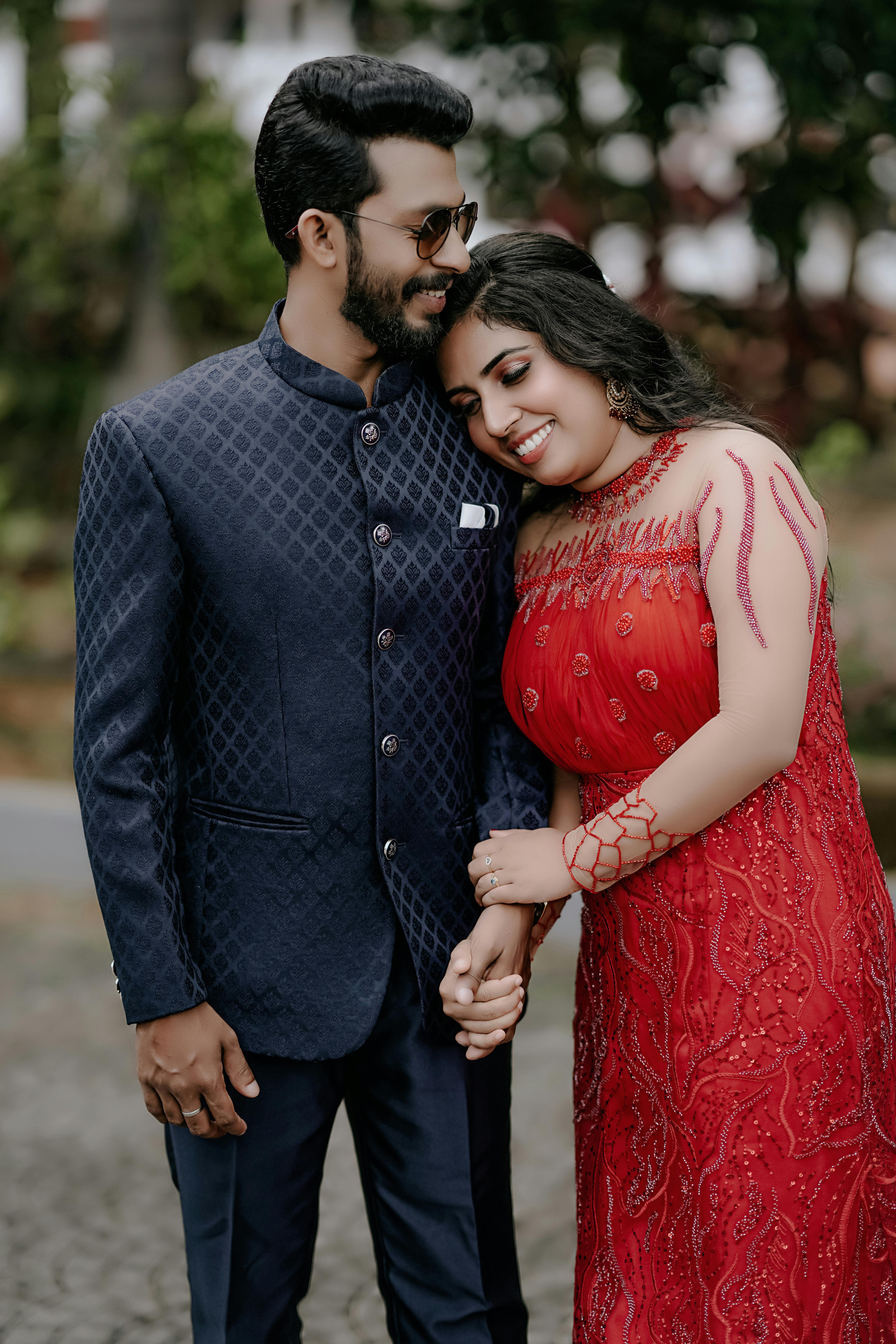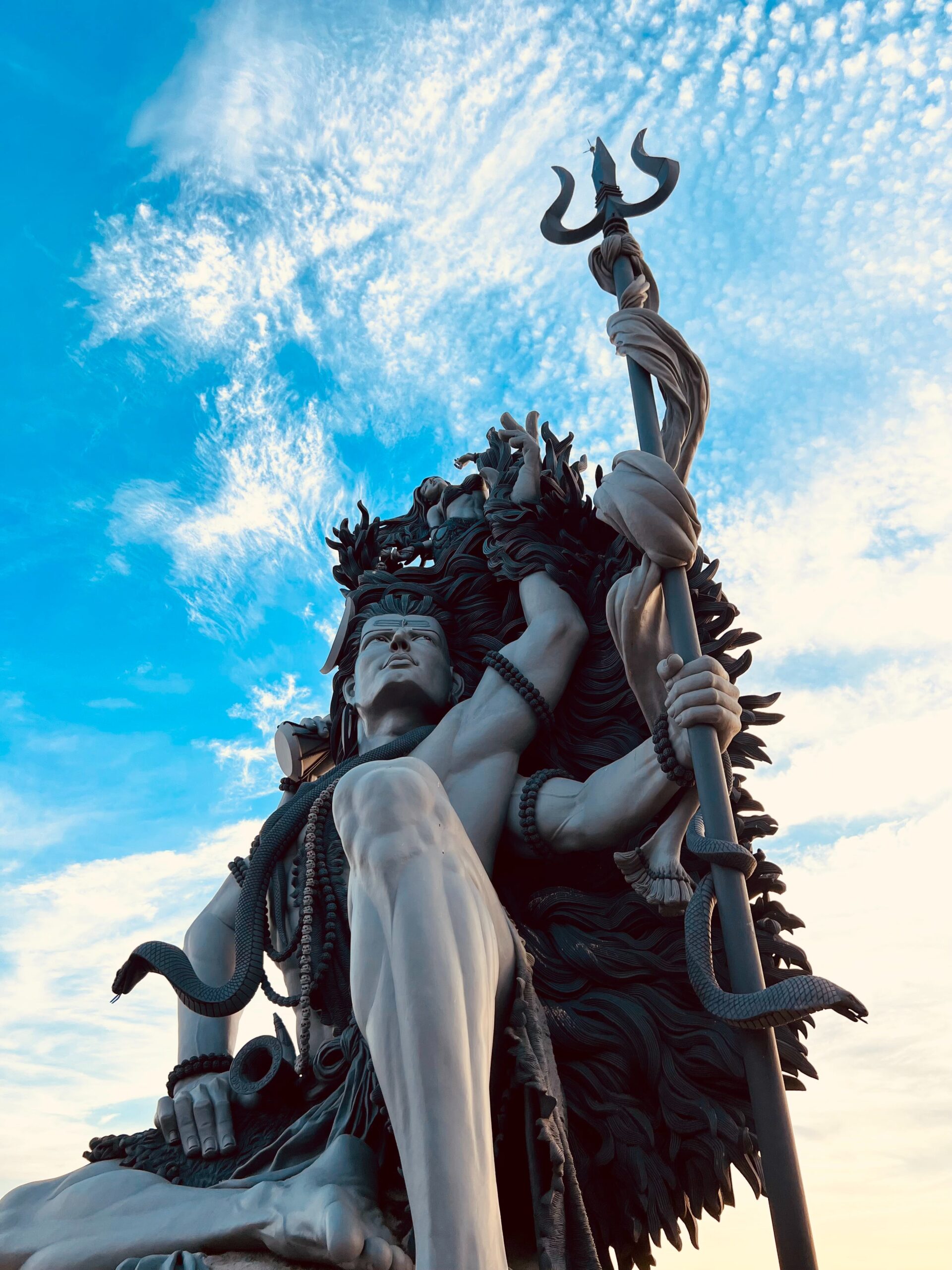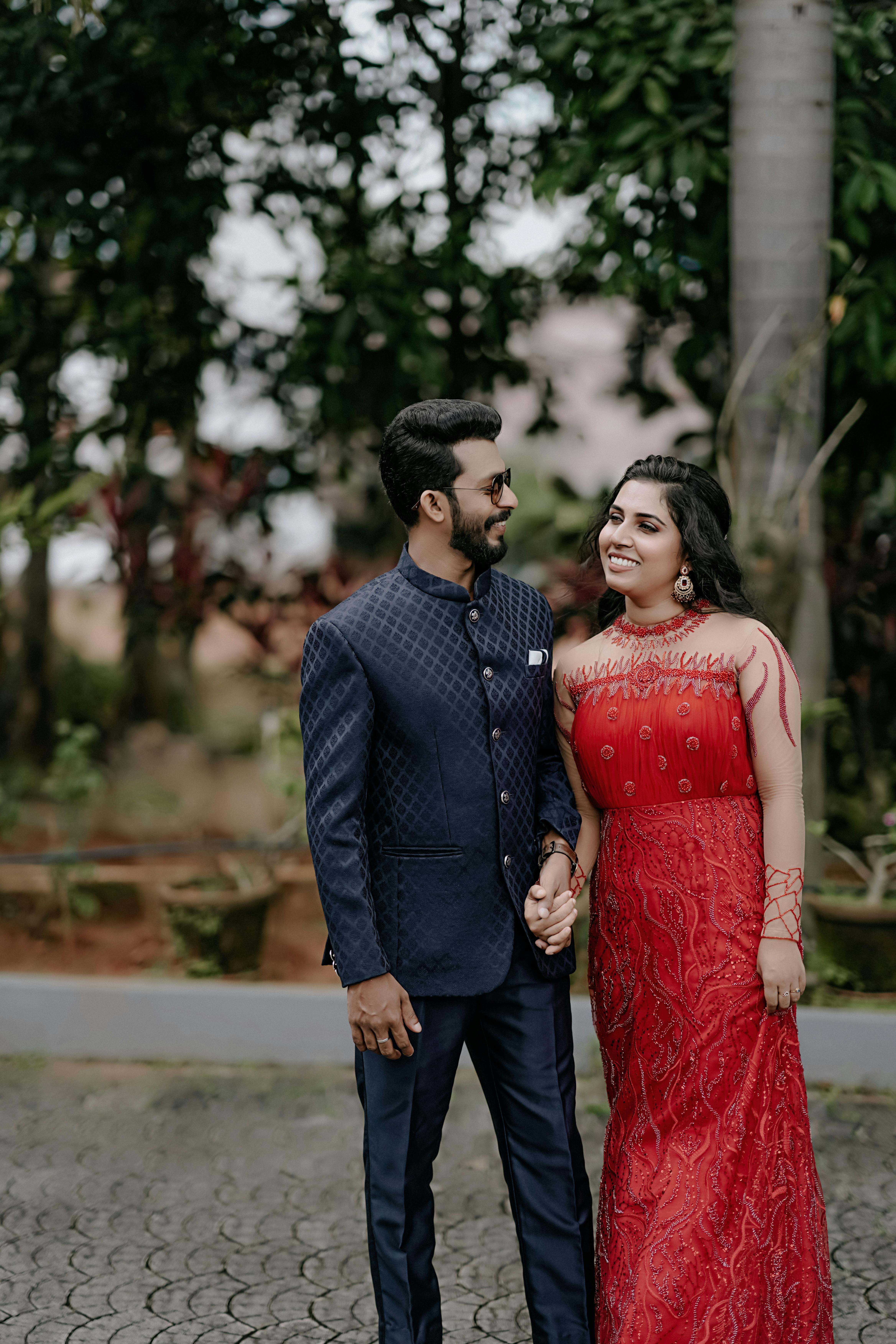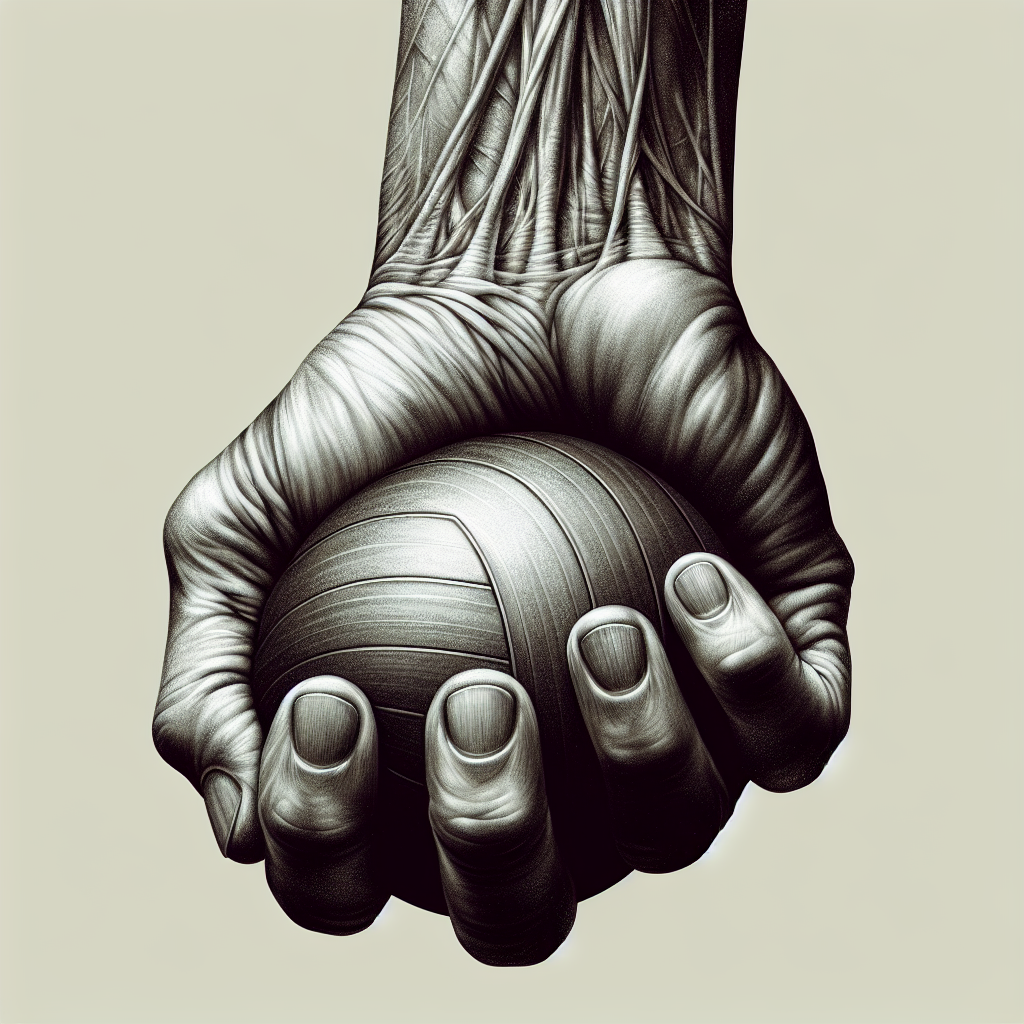In India, stroke patients are finding solace in a comprehensive and holistic approach to rehabilitation, allowing them to regain their independence and live fulfilling lives once again. As the medical tourism industry continues to thrive in India, individuals from across the globe are seeking out world-class healthcare and wellness programs that not only provide top-notch treatment, but also offer an opportunity to immerse themselves in the vibrant and rich culture of the country. Through a combination of advanced medical techniques, personalized care, and an array of therapies, stroke patients are reclaiming their lives and rediscovering their abilities. In this article, we explore the journey of stroke rehabilitation in India, highlighting the remarkable strides made in restoring independence and empowering patients to embrace their new normal.

Overview of Stroke Rehabilitation in India
Stroke rehabilitation is a crucial aspect of treatment for patients who have suffered a stroke. It focuses on helping individuals regain independence and overcome the physical, cognitive, and emotional challenges that arise after a stroke. In India, stroke rehabilitation is an evolving field that strives to provide comprehensive care to patients and improve their quality of life.
Understanding Stroke Rehabilitation
Stroke rehabilitation is a multidisciplinary approach that involves various healthcare professionals working together to address the unique needs of stroke patients. It encompasses physical, occupational, speech and language therapy, as well as psychological support. The goal is to help patients recover as much function as possible and maximize their potential for independence.
Importance of Rehabilitation for Stroke Patients
Rehabilitation plays a vital role in the recovery process for stroke patients. It helps individuals regain lost motor skills, improve cognitive function, and enhance their ability to communicate effectively. Additionally, rehabilitation assists in managing post-stroke complications, such as muscle weakness, balance and coordination issues, and speech difficulties. It not only improves physical functioning but also enhances overall psychological well-being and quality of life.
Current State of Stroke Rehabilitation in India
India has made significant strides in stroke rehabilitation, but there are still challenges to overcome. Currently, there is an increasing awareness of the importance of stroke rehabilitation, and efforts are being made to improve access to rehabilitation services across the country. However, there is a need for further development of specialized stroke rehabilitation centers and an increase in the number of trained healthcare professionals to meet the growing demand.
Multidisciplinary Approach to Stroke Rehabilitation
Stroke rehabilitation in India follows a multidisciplinary approach that involves various healthcare professionals working collaboratively. Each discipline has a specific role to play in the rehabilitation process.
Role of Physicians in Stroke Rehabilitation
Physicians play a crucial role in stroke rehabilitation by providing medical management and overseeing the overall treatment plan. They evaluate the stroke patients, diagnose any medical complications, and prescribe appropriate medications to manage them. Physicians also work closely with other rehabilitation professionals to ensure coordinated care and monitor the progress of patients throughout their rehabilitation journey.
Involvement of Physical Therapists
Physical therapists are instrumental in helping stroke patients regain physical function, mobility, and strength. They design customized exercise and movement programs to address specific impairments and improve overall physical well-being. Physical therapy may include gait training, balance exercises, muscle strengthening, and coordination activities. The physical therapist also educates patients and caregivers on proper body mechanics and injury prevention techniques.
Occupational Therapy for Stroke Patients
Occupational therapists assist stroke patients in relearning daily living activities, such as dressing, grooming, eating, and bathing. They focus on enhancing fine motor skills, coordination, and cognitive abilities necessary to perform these tasks independently. Additionally, occupational therapists provide guidance on selecting and using adaptive equipment and assistive devices to facilitate the patient’s functional independence in the home, workplace, and community.
Speech and Language Therapy for Stroke Patients
Speech and language therapists play a crucial role in helping stroke patients overcome language and communication difficulties. They work with patients to improve speech articulation, language comprehension, and expression. Speech therapists also address swallowing difficulties or dysphagia that may arise after a stroke, helping patients regain safe and efficient swallowing function.
Psychological Support for Stroke Patients
Psychological support is an integral part of stroke rehabilitation in India. Psychologists and counselors work closely with stroke patients to address the emotional and psychological impact of a stroke. They provide counseling and therapy to help patients cope with anxiety, depression, and any adjustment issues they may face. Psychological support also extends to the caregivers, who may experience their own emotional challenges while supporting the patient’s recovery.

Inpatient Rehabilitation Programs
Inpatient rehabilitation programs in India are designed to provide intensive, focused care for stroke patients during the early stages of their recovery. These programs are typically offered in specialized stroke rehabilitation centers.
Specialized Stroke Rehabilitation Centers in India
India has witnessed the emergence of specialized stroke rehabilitation centers that offer comprehensive care to stroke patients. These centers are equipped with state-of-the-art facilities and staffed with experienced healthcare professionals trained in stroke rehabilitation. They provide an optimal environment for patients to receive intensive therapy and support, promoting a faster recovery.
Components of Inpatient Stroke Rehabilitation
Inpatient stroke rehabilitation programs focus on providing a holistic approach to care. They include various components such as medical management, physical therapy, occupational therapy, speech and language therapy, and psychological support. These programs also emphasize patient and caregiver education, aiming to empower individuals to actively participate in their recovery process.
Comprehensive Evaluation and Treatment Planning
Upon admission to an inpatient rehabilitation program, stroke patients undergo a comprehensive evaluation to determine their specific needs and goals. This assessment encompasses medical history review, physical examination, functional assessments, and cognitive evaluations. Based on the evaluation results, a personalized treatment plan is developed to address the individual patient’s needs and goals.
Physical Rehabilitation Techniques for Stroke Patients
Physical rehabilitation techniques employed in inpatient stroke rehabilitation programs aim to regain lost motor skills and improve physical function. These may include therapeutic exercises, mobility training, balance and coordination activities, aquatic therapy, and electrical stimulation. The focus is on enhancing strength, flexibility, coordination, and overall motor control.
Assistive Devices and Technology in Rehabilitation
In inpatient rehabilitation programs, assistive devices and technology play a vital role in facilitating recovery. These can include mobility aids like wheelchairs, walkers, and canes, as well as adaptive equipment and tools to aid activities of daily living. Advanced technologies such as robotic exoskeletons and virtual reality systems are also utilized to promote motor recovery and improve patient engagement during therapy sessions.
Outpatient Rehabilitation Services
Following the inpatient rehabilitation phase, stroke patients may transition to outpatient rehabilitation programs for continued care and support. These programs offer various services tailored to meet the needs of patients who have returned home.
Community-based Rehabilitation Programs
Community-based rehabilitation programs focus on delivering rehabilitation services within the patient’s local community. They may be run by local healthcare organizations or nonprofits and aim to provide accessible and affordable rehabilitation options. Such programs typically include physical therapy, occupational therapy, and speech and language therapy services, delivered in a clinic or community center setting.
Home-Based Rehabilitation Services
Home-based rehabilitation services are especially beneficial for stroke patients who face challenges traveling to outpatient clinics or require additional support at home. This approach involves healthcare professionals visiting patients in their own homes to provide therapy and support. Home-based rehabilitation services not only promote convenience but also allow therapists to assess and address environmental barriers that may impact a patient’s recovery.
Telemedicine and Remote Rehabilitation Programs
Telemedicine and remote rehabilitation programs have gained prominence in recent years, especially with the COVID-19 pandemic. These programs utilize technology to deliver rehabilitation services remotely, allowing patients to receive therapy and support from the comfort of their homes. Telemedicine consultations, video-based therapy sessions, and remote monitoring facilitate continuity of care and ensure that patients can access rehabilitation services even in remote or underserved areas.
Long-Term Follow-Up and Support
Stroke rehabilitation does not end with the completion of outpatient programs. Long-term follow-up and support are crucial to monitor patients’ progress, address any ongoing challenges, and provide continuing education and guidance. Regular assessments, periodic therapy sessions, and access to support groups can significantly enhance a patient’s long-term recovery and quality of life.

Alternative and Complementary Therapies
In addition to conventional rehabilitation approaches, stroke patients in India may explore alternative and complementary therapies to aid in their recovery. These therapies draw on traditional Indian medicine and various holistic practices.
Ayurveda and Traditional Indian Medicine
Ayurveda, an ancient system of medicine originating in India, offers a range of treatments and interventions that may complement stroke rehabilitation efforts. Ayurvedic treatments may include herbal remedies, dietary modifications, yoga, and various manual therapies such as Ayurvedic massage. These therapies aim to restore balance and promote overall well-being.
Yoga and Meditation for Stroke Rehabilitation
Yoga and meditation have gained recognition as effective practices for promoting physical and mental well-being. For stroke patients, yoga and meditation can help improve flexibility, balance, and strength. The calming and meditative aspects of these practices can also reduce stress, anxiety, and depression, promoting emotional well-being.
Acupuncture and Acupressure
Acupuncture and acupressure, derived from traditional Chinese medicine, involve the stimulation of specific points on the body to promote healing and alleviate various symptoms. These therapies may help manage pain, improve circulation, and enhance overall well-being in stroke patients. They are often used alongside conventional rehabilitation techniques to complement the recovery process.
Music and Art Therapy
Music and art therapy have proven to be powerful tools in stroke rehabilitation. Engaging in creative activities such as playing musical instruments, singing, painting, or sculpting can enhance cognitive function, foster emotional expression, and improve motor skills. These therapies provide an enjoyable and stimulating way for stroke patients to regain lost abilities and increase their overall well-being.
Challenges and Opportunities in Stroke Rehabilitation
While stroke rehabilitation in India has seen significant progress, several challenges need to be addressed to ensure optimal care for all stroke patients.
Limited Access to Rehabilitation Services in Rural Areas
Rural areas in India often face limitations in terms of access to specialized stroke rehabilitation centers and healthcare professionals. It is essential to focus on creating networks of care that extend rehabilitation services to underserved areas. This can be achieved by integrating rehabilitation services into primary healthcare systems and investing in training and education for healthcare professionals in rural areas.
Lack of Awareness and Education among Stroke Patients
Many stroke patients in India may not have adequate knowledge about stroke rehabilitation options and the importance of early intervention. Increased awareness and education campaigns targeting patients, caregivers, and healthcare professionals can help bridge this gap. By providing accurate information about stroke rehabilitation and its potential benefits, individuals can make informed decisions regarding their care.
Financial Constraints and Insurance Coverage
The costs associated with stroke rehabilitation can be a significant barrier for many patients and their families. Insurance coverage for rehabilitation services, including outpatient programs, assistive devices, and long-term follow-up, needs to be expanded to ensure affordability and accessibility for all stroke patients. Financial support programs and subsidies can also help alleviate the financial burden on families.
Integration of Traditional Medicine in Mainstream Rehabilitation
There is an opportunity to integrate traditional Indian medicine, such as Ayurveda, yoga, and acupuncture, into mainstream stroke rehabilitation. Collaborative research and partnerships between traditional medicine practitioners and rehabilitation professionals can lead to a more comprehensive and holistic approach to care. This integration can help leverage the benefits of traditional practices while ensuring safety and efficacy.
Research and Innovation in Stroke Rehabilitation
Continued research and innovation in stroke rehabilitation are crucial for advancing the field and improving outcomes for patients. Efforts should be made to conduct clinical trials, research studies, and quality improvement initiatives to enhance the effectiveness of rehabilitation interventions. Innovations in technology, such as virtual reality and wearable devices, hold promising potential for enhancing the delivery and effectiveness of stroke rehabilitation services.
Success Stories and Testimonials
The impact of stroke rehabilitation in India can be seen through the success stories and testimonials of stroke patients who have regained their independence and quality of life. Case studies highlighting individuals’ journeys from the acute phase of stroke to their recovery can inspire and motivate others. Quotes and experiences from stroke patients provide first-hand accounts of the challenges faced and the benefits derived from rehabilitation, serving as a testament to the importance of early intervention and comprehensive care.
Conclusion
Stroke rehabilitation in India is an ever-evolving field that strives to provide comprehensive care to stroke patients. The multidisciplinary approach, including physicians, physical therapists, occupational therapists, speech and language therapists, and psychological support, ensures a holistic approach to recovery. Inpatient and outpatient rehabilitation programs, as well as alternative and complementary therapies, provide a range of services to cater to the unique needs of stroke patients. While challenges exist, opportunities for improvement, such as expanding access to rehabilitation services, integrating traditional medicine, and promoting research and innovation, hold promise for the future of stroke rehabilitation in India. By focusing on regaining independence and improving quality of life, stroke rehabilitation empowers individuals to overcome the challenges posed by a stroke and embrace a fulfilling and meaningful life.
